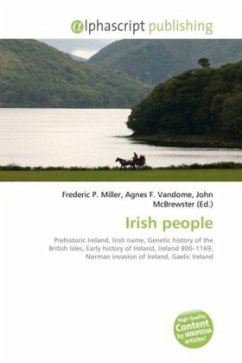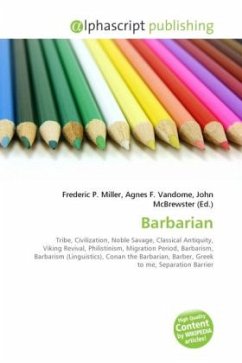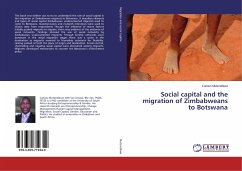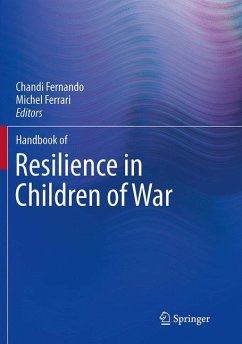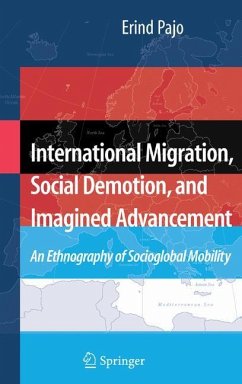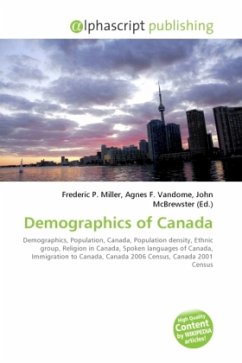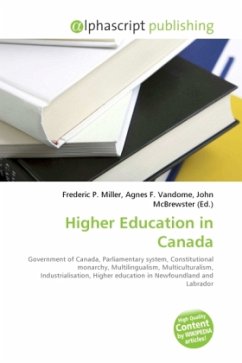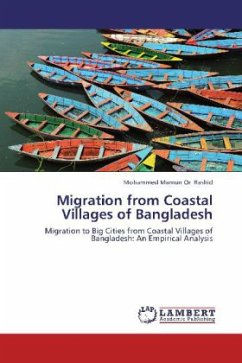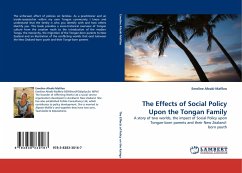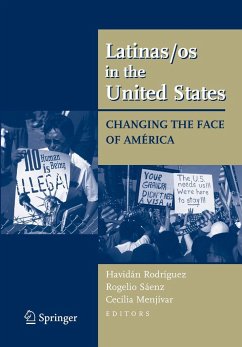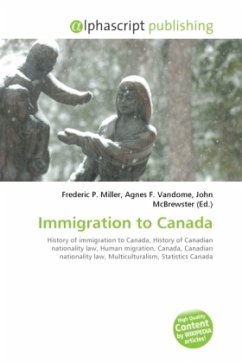
Immigration to Canada
Versandkostenfrei!
Versandfertig in 6-10 Tagen
32,99 €
inkl. MwSt.

PAYBACK Punkte
16 °P sammeln!
Immigration to Canada is the process by which people migrate to Canada to reside permanently in the country. Many, but not all, become citizens. People have been migrating to the geographic region of Canada for hundreds of years, with rates of immigration and source countries varying throughout time. After 1947 domestic immigration law went through many major changes, most notably with the Immigration Act, 1976, and the current Immigration and Refugee Protection Act from 2002. In Canada there are three categories of immigrants: Family Class (closely related persons of Canadian residents), Inde...
Immigration to Canada is the process by which people migrate to Canada to reside permanently in the country. Many, but not all, become citizens. People have been migrating to the geographic region of Canada for hundreds of years, with rates of immigration and source countries varying throughout time. After 1947 domestic immigration law went through many major changes, most notably with the Immigration Act, 1976, and the current Immigration and Refugee Protection Act from 2002. In Canada there are three categories of immigrants: Family Class (closely related persons of Canadian residents), Independent Immigrants (admitted on the basis of a point system that account for age, health and labour-market skills required for cost effectively inducting the immigrants into Canada's blue-collar labour market) and Refugees. Currently Canada is known as a country with a broad immigration policy which is reflected in Canada's ethnic diversity. According to the 2001 census by Statistics Canada,Canada has 34 ethnic groups with at least one hundred thousand members each, of which 10 have over 1,000,000 people and numerous others represented in smaller amounts.



